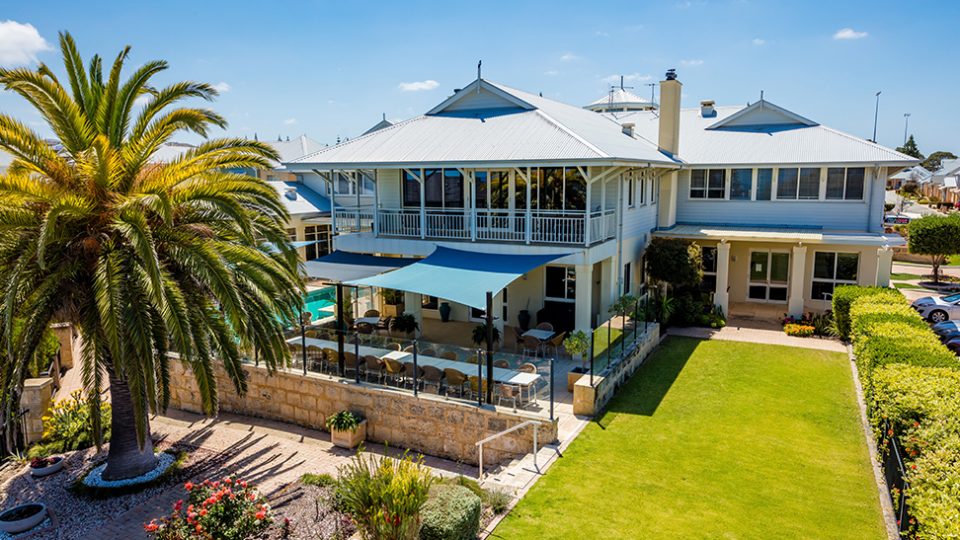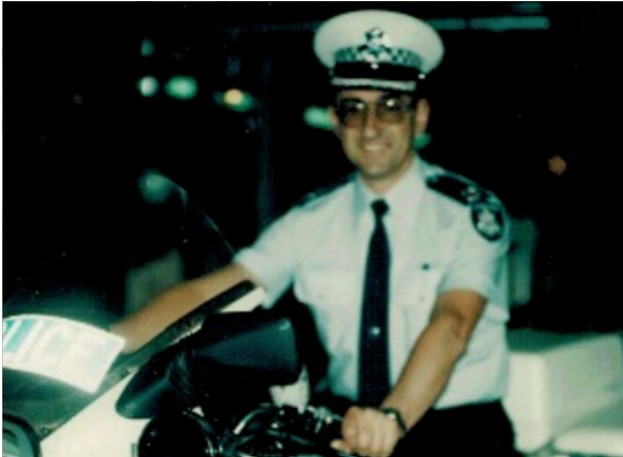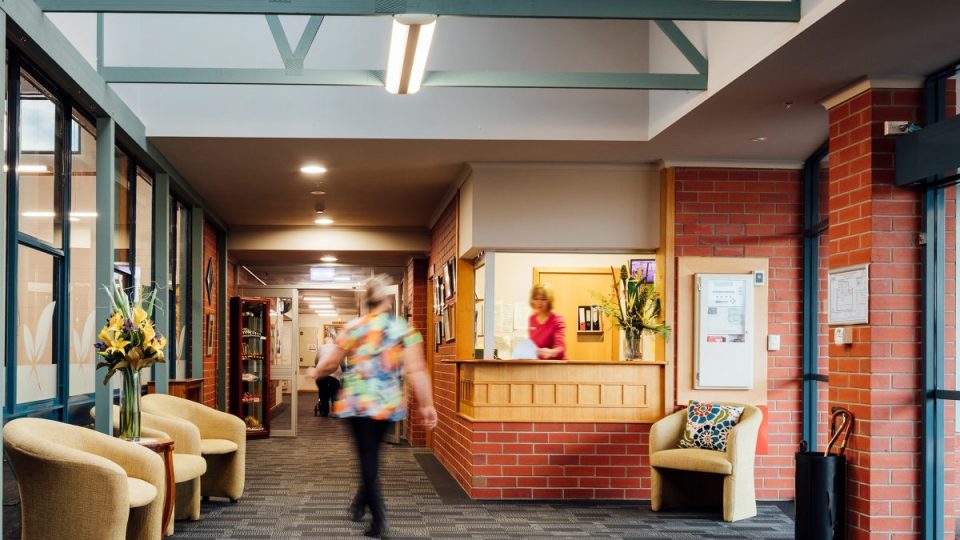From Customer Service to CEO’s Executive Assistant, Anna Coultas’ career path is a story of success.
We sat down with Anna to find out more about her journey, her passion for history and her motto in life.
When did you start working at Baptcare?
I joined Baptcare in October 2017 as a Customer Enquiry Consultant. It was my first job in the not-for-profit sector and I was excited to learn more about the organisation and its clients. I really enjoyed helping people with their enquiries, navigating the aged care system and connecting them with the right services.
In September 2019, I received an opportunity to move into an acting Executive Assistant (EA) role. It was a big change, but I was eager to take on the challenge and expand my skills.
In March 2020, I became the EA for the General Manager of Service Operations. It was a busy and rewarding role that involved working with different teams and projects across the organisation. I learned a lot from this experience and was able to build upon my experience and skills as an EA.
Then, in November 2022, I received the chance to become the EA to our CEO, Geraldine Lannon. It was a wonderful opportunity! I feel honoured and privileged to work with Geraldine and assist her with her goals for Baptcare.
You have a Master of Public History from Monash University. What sparked your interest in history and how does it relate to your work at Baptcare?
I have always enjoyed and appreciated history. Everything has a history and I love learning about how things came to be and how they are part of the world today.
I did my Master of Public History at Monash University because I wanted to explore how history can be communicated and shared with different audiences. I thought I might work in a museum or a heritage site one day.
History is not directly related to my work at Baptcare, but it does help in some ways. For example, history teaches me to be curious, critical and creative. It also helps me appreciate the diversity and complexity of human experiences and perspectives.
[Editor’s note: You can read Anna’s article ‘Cabinets of curiosities, mystery specimens and a giant bird – A history of the Tiegs Museum, 1887–1959’ in the University of Melbourne Collections here].
What does a typical day at work look like for you?
There is no typical day at work for me! Every day is different and full of surprises. I have to be flexible and adaptable to whatever comes my way.
My main responsibility is to manage Geraldine’s diary and ensure that she has enough time for her meetings, events, and priorities. I also help preparing documents, reports, presentations, correspondence and more. (I live in Outlook!).
I really enjoy my job. It is challenging, dynamic, and rewarding.
What are some of the skills that you need to succeed in your role?
It’s vital to be organised, have good time management and prioritisation skills. Strong interpersonal skills are essential to form and build good working relationships with colleagues across the organisation and externally.
Discretion is really important in my role along with remaining calm no matter what is going on. Sometimes I just tell myself “Just breathe! And everything will work out.”
How do you relax and unwind?
I enjoy walking, reading, flamenco dancing and hanging out with friends. I’ve done dancing my whole life – it’s great exercise. I started ballet when I was young and did tap and jazz. Ballroom dancing is great, too!
I love reading books, especially historical fiction. A couple authors I really like are Geraldine Brooks and Pat Barker. I really enjoyed reading ‘The Nightingale’ by Kristin Hannah. It’s a story about two sisters, set in France during World War II.
What’s your motto in life?
“Be kind.” I think people need it, especially at the moment, but also everyone deserves it.
If you could sit down to dinner with anyone – living or dead – who would it be and why?
Jeff Buckley, the musician. I never saw him perform live and that’s something I would have really liked to have seen.
Interested in working at Baptcare with great people like Anna? Check out our Careers page here.
Community news
-

BaptistCare to acquire Keyton’s Western Australian retirement village portfolio
BaptistCare is pleased to announce that we have entered into an agreement to acquire Keyton’s portfolio of retirement villages in WA.
- 13 Nov 2025
-

Spotlight on Residents: Reg Baker
At Baptcare, we are always delighted to learn more about our residents’ lives. They are often filled with excitement, joy, and adventure, and it truly reminds us how rich a person’s life is—and continues to be—when they join one of our residential aged care communities. Today, we are honoured to share the remarkable story of one of our residents, Reg Baker, who lives at Baptcare Peninsula View Residential Aged Care community.
- 10 Nov 2025
-

Staff spotlight | Leonie Irvine – 35 years of service in aged care
Leonie is one of our dedicated Lifestyle Assistants at Karingal Residential Aged Care community in Devonport, Tasmania. She recently celebrated an incredible milestone - 35 years of continuous service at Baptcare. In a sector where long-term service is increasingly rare, Leonie’s 35-year journey stands out as something truly special.
- 10 Nov 2025

